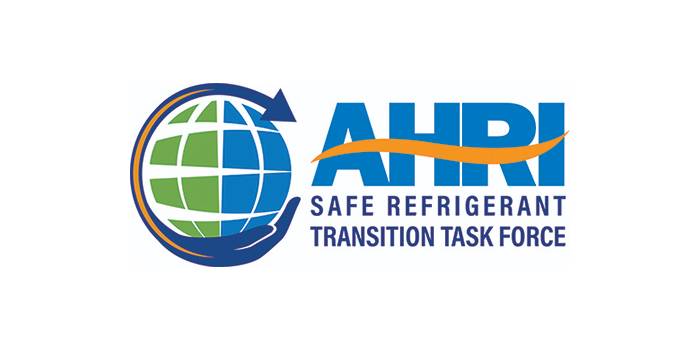 United States. AHRI's Safe Refrigerant Transition Task Force announced that it has completed the first two chapters of its Guide to Safe Refrigerant Transition.
United States. AHRI's Safe Refrigerant Transition Task Force announced that it has completed the first two chapters of its Guide to Safe Refrigerant Transition.
This guide is one of several ways the Working Group aims to inform stakeholders about the important steps needed to ensure a safe transition to refrigerants with low GWP.
According to the Task Force, "The safe transition of the HVAC/R industry to low GWP refrigerants requires proper training of all stakeholders to safely and responsibly transport, operate, install and service equipment with ASHRAE Standard 34 Class A2L refrigerants. While most of the physical and chemical properties of A2L gases are very similar to traditional ASHRAE Standard 34 Class A1 refrigerants (CFC, HCFC and HFC such as R-134a and R-410A), stakeholders should be aware of the properties of these lower flammable refrigerants and trained to mitigate the associated risks."
This guide is intended to help ensure a safe transition to mildly flammable A2L refrigerants.
The first chapter, titled "The Changing World of HFC Regulations," covers the history of recent refrigerant transitions, including an overview of why most countries in the world are looking to reduce HFC use. The chapter also covers the similarities and differences in refrigerant classes and the potential risks they present, stating:
Differences in the properties of low GWP refrigerants (e.g., flammability and toxicity) may require changes in current practices to minimize risk and comply with climate regulations. Some low-GWP refrigerants are historical products that have not been used in some time or that will be used with larger charge sizes (e.g., ammonia and hydrocarbons). Some other low-GWP refrigerants are in the early stages of commercial use (R-32 in air conditioning from the EU, Japan and Australia; R-1234yf in automotive air conditioning in the US, Canada, EU, Japan and Korea), and others GWP refrigerants are being proposed for commercialization.
The second chapter, titled "Chemical, Physical, and Environmental Properties of ASHRAE Standard 34 and ISO 817," discusses the flammability classifications of refrigerants and discusses the various properties of A2L refrigerants. This chapter concludes by noting that many of the basic chemical and physical properties of new generation A2L refrigerants are very similar to previous generation A1 refrigerants (CFC/HFC) and are readily available. In addition, the chapter notes that flammable refrigerants will only be used in new systems/applications designed and listed by an external laboratory to mitigate risks, and where permitted by appropriate codes and standards, unless approved by a competent authority (AHJ).
The AHRI Task Force was formed to address every step of the supply chain in the transition from safe refrigerant to low GWP refrigerants. The group is comprised of AHRI members and stakeholders employed with contractors, government agencies, the fire service, unions, training organizations, and other businesses.
More info in http://www.ahrinet.org/SafeRefrigerant














